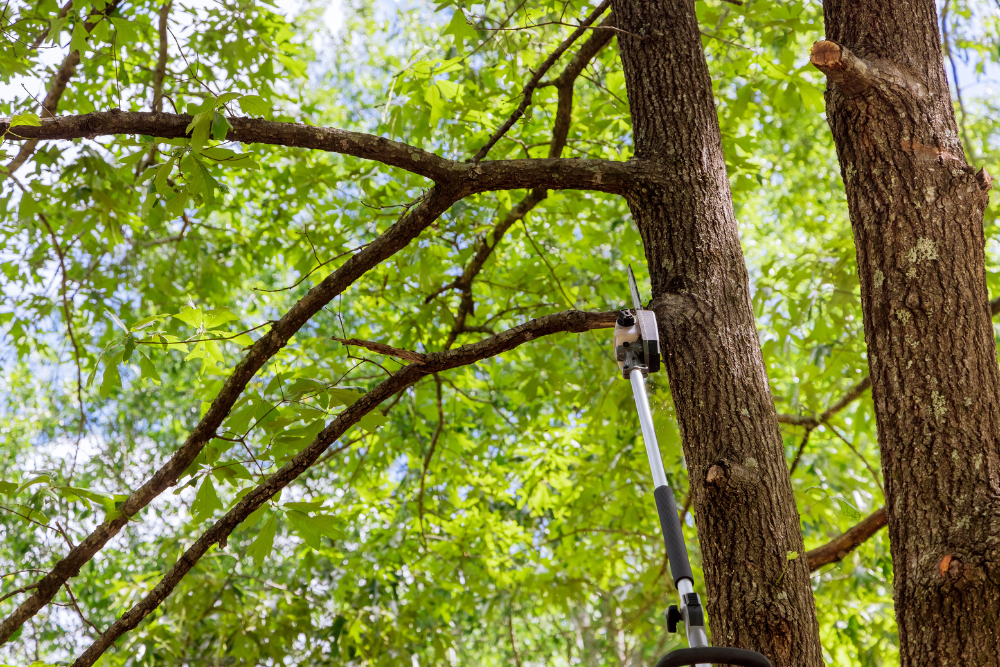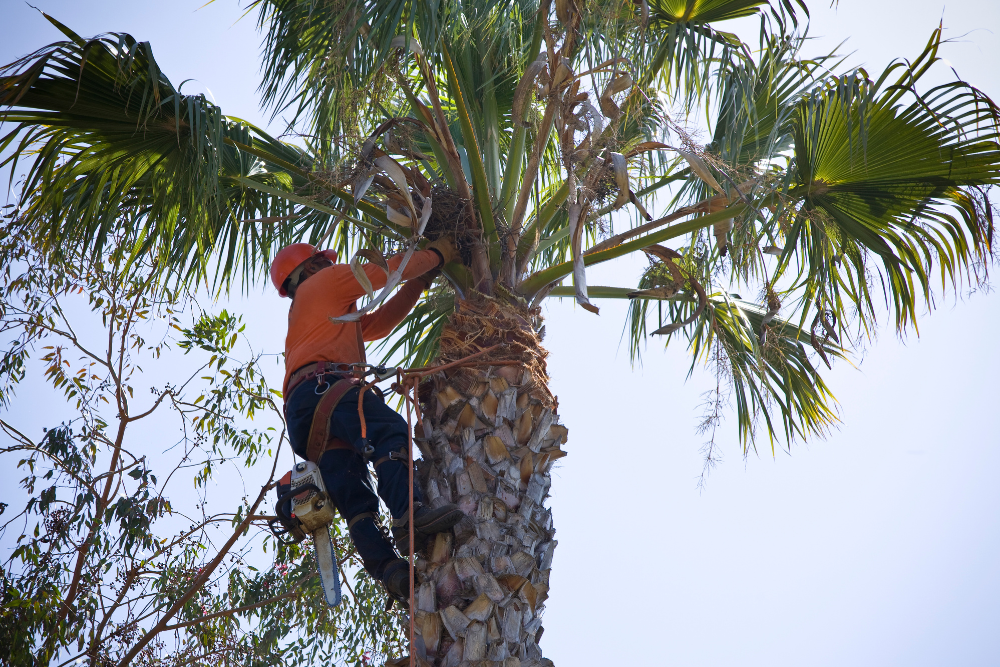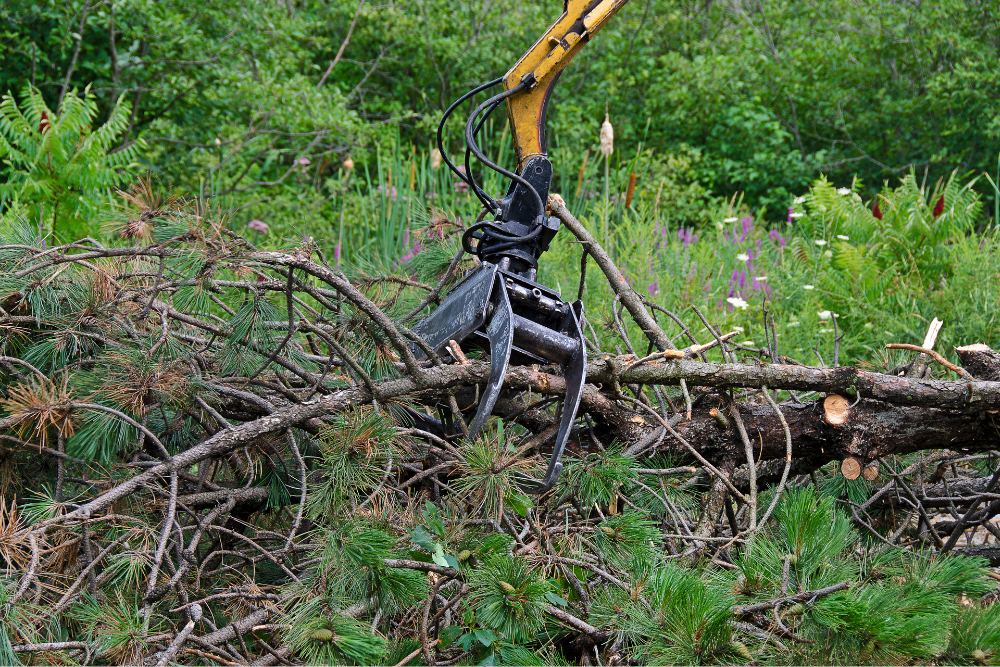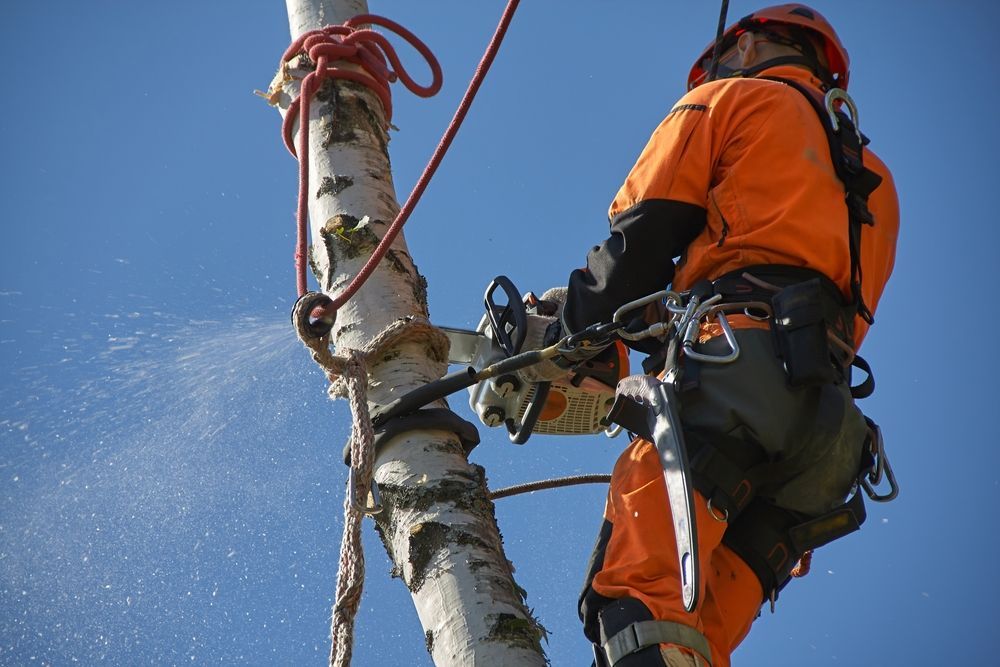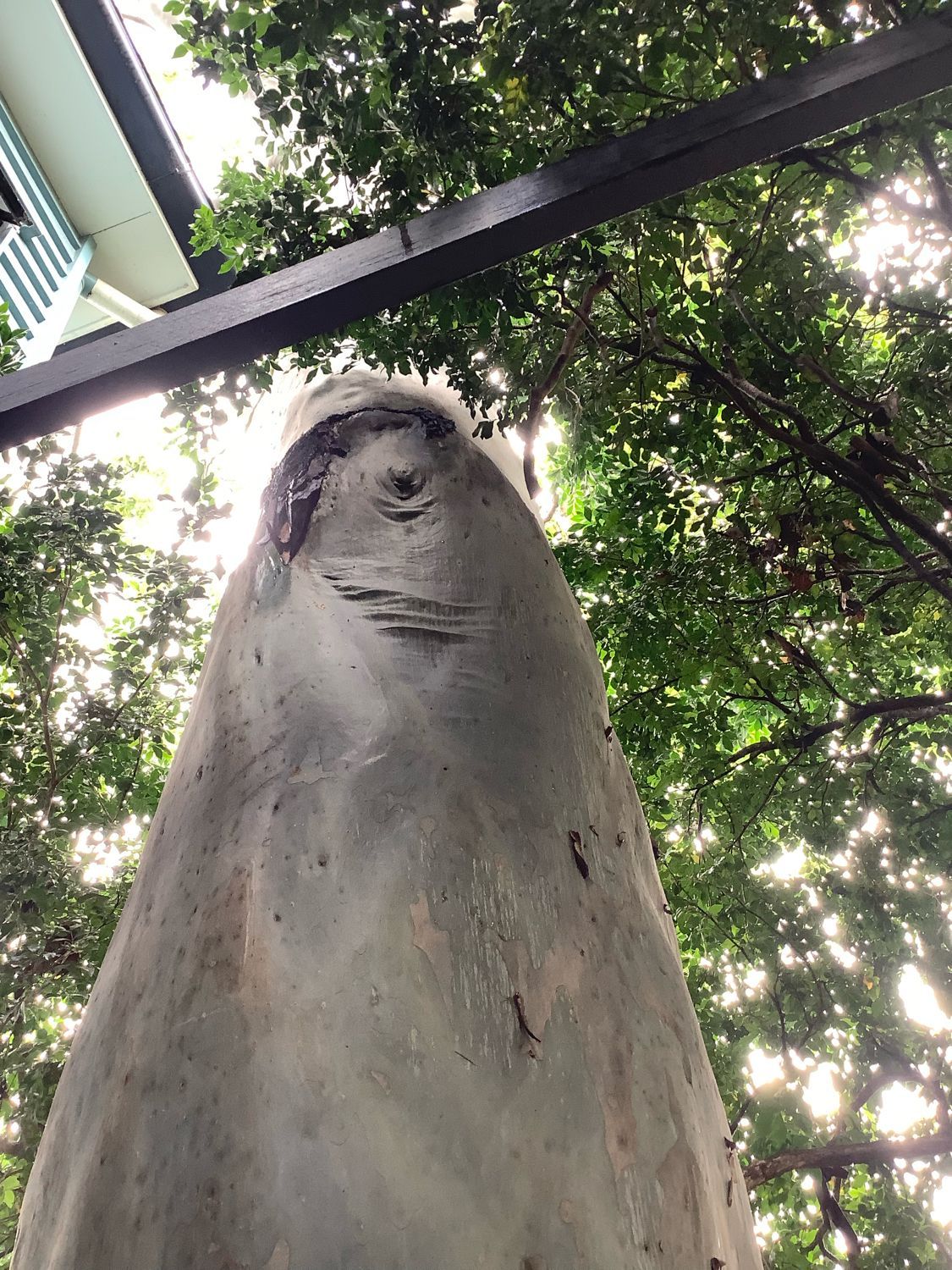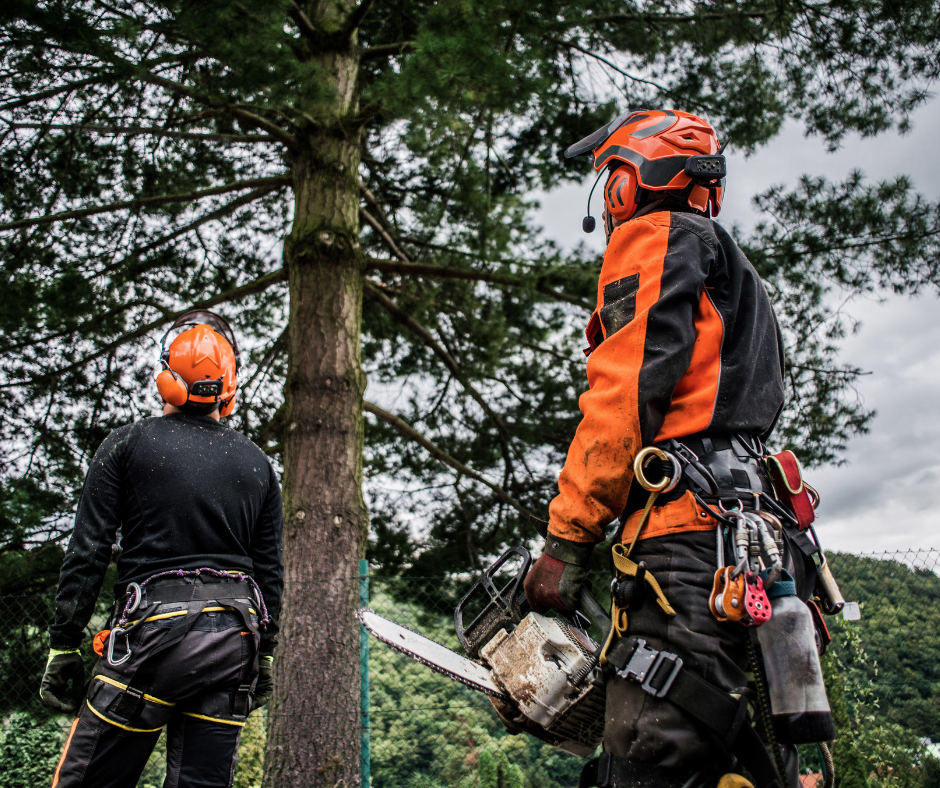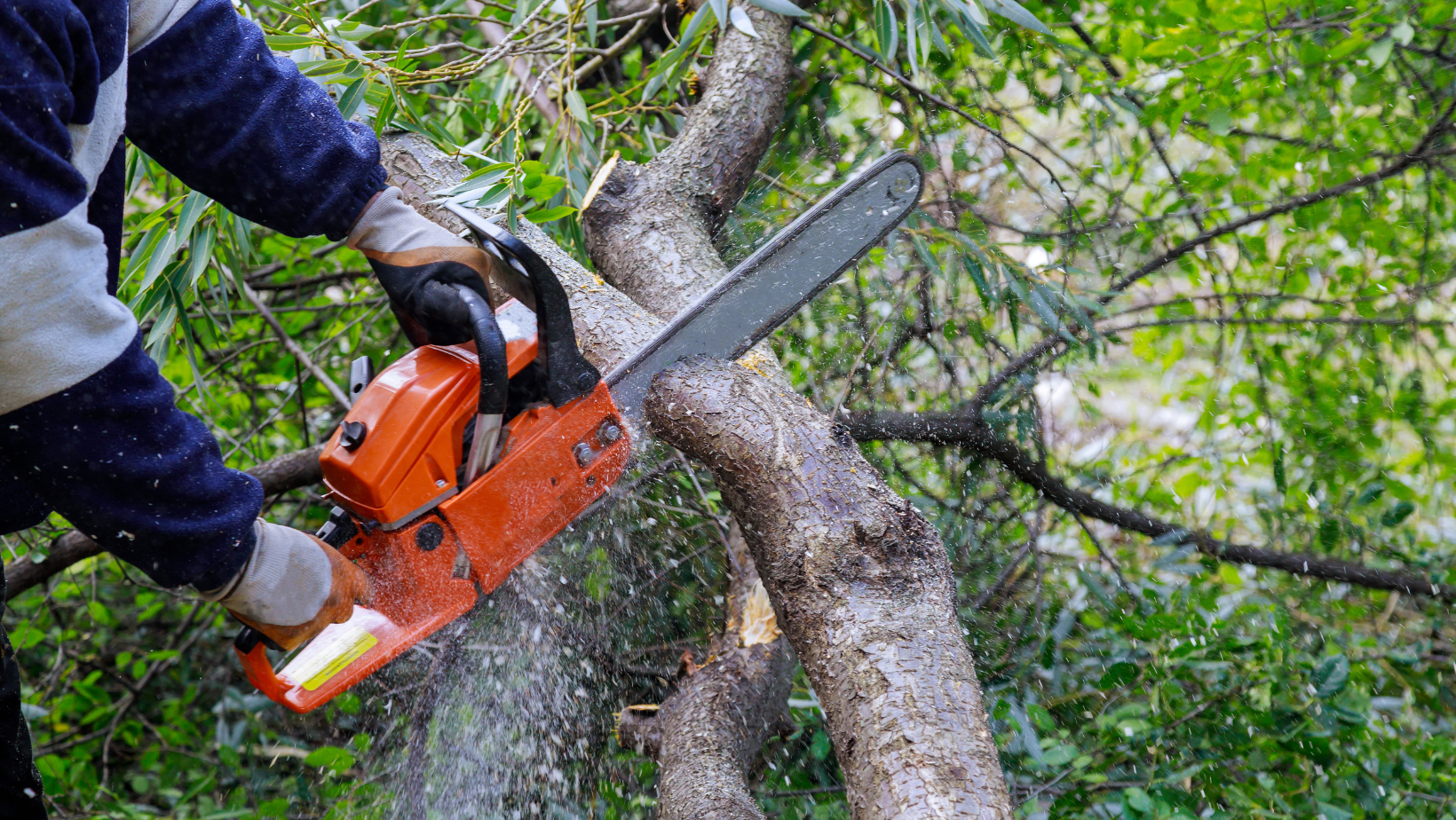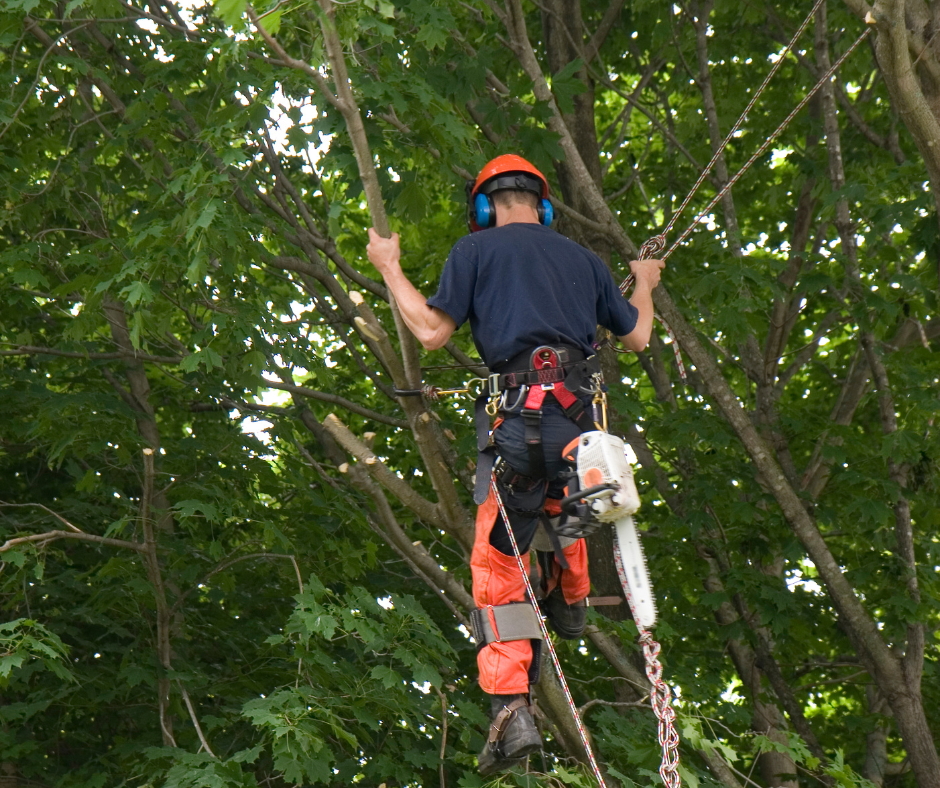How to Top a Tree
How To Top A Tree: A Comprehensive Guide
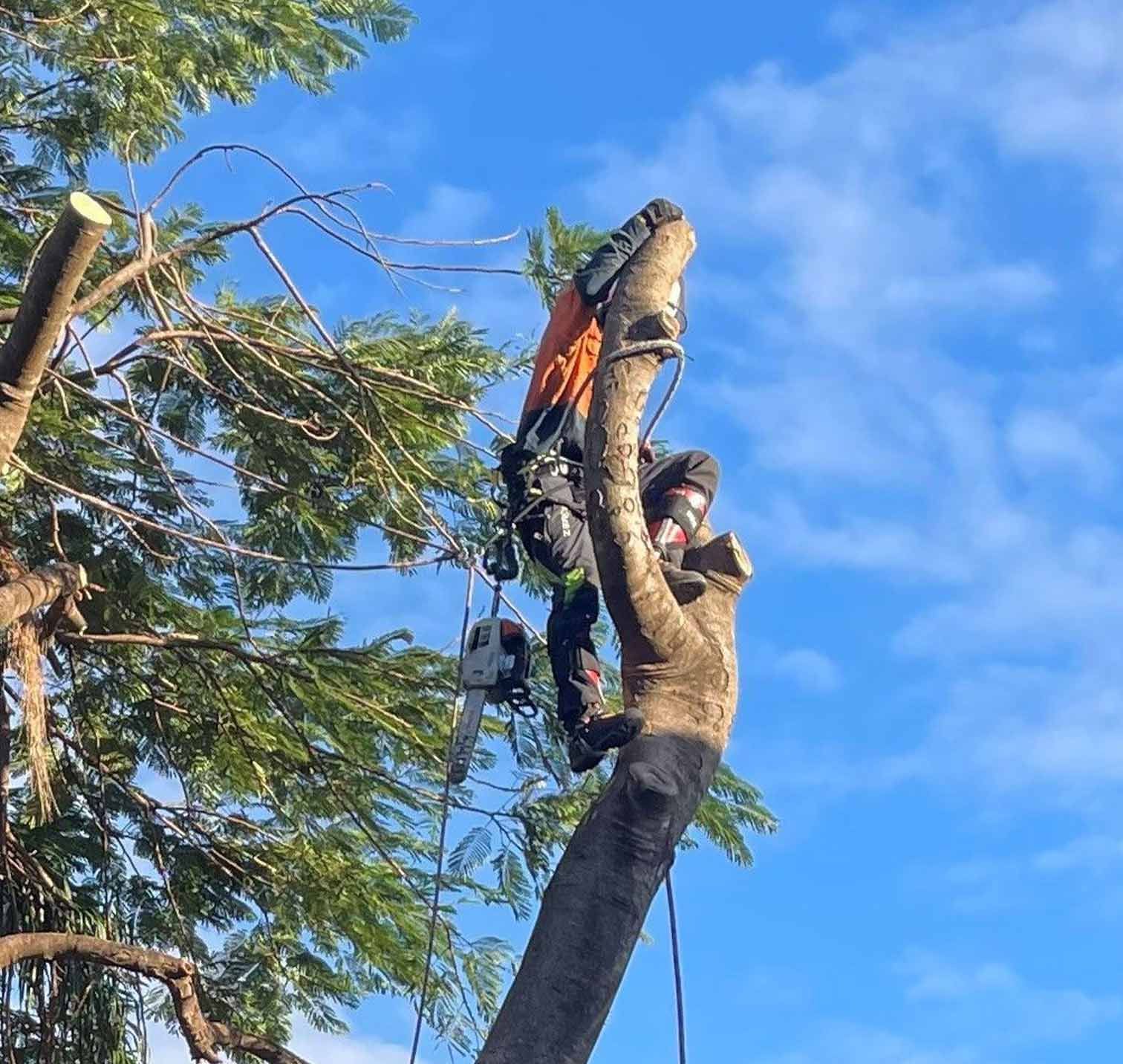
Topping a tree, also known as "heading," is a pruning practice where the central stem and upper branches of a tree are cut back to stubs or lateral branches. This method is often used to reduce the height of a tree, control its size, or remove dangerous or damaged parts. However, it’s important to understand that topping can have significant impacts on the health and structural integrity of a tree. Here’s a comprehensive guide on how to top a tree, its implications, and the best practices for doing it safely and effectively.
Understanding Tree Topping
What is Tree Topping? Tree topping involves cutting the top section of a tree, including the main trunk and upper branches, to reduce its height and spread. This practice is often controversial among arborists because it can lead to various health and safety issues for the tree.
Why Top a Tree?
- Height Reduction: Topping is used to reduce the height of a tree that has grown too large for its space.
- Safety Concerns: Removing the upper portion of a tree can eliminate dangerous, damaged, or diseased branches that pose a risk to property or people.
- View Enhancement: Sometimes, trees are topped to improve views or reduce shading in a specific area.
The Risks of Topping
Before deciding to top a tree, it’s crucial to consider the potential risks and negative impacts:
- Weakened Structure: Topping can cause a tree to produce weak, rapidly growing shoots that are more susceptible to breaking.
- Increased Disease Risk: Large, open cuts make the tree vulnerable to diseases, pests, and decay.
- Reduced Lifespan: Topping stresses the tree, often leading to a decline in health and a shorter lifespan.
- Aesthetic Damage: Topping can drastically alter the natural form of the tree, making it less attractive.
Best Practices for Topping a Tree
If you decide to top a tree, it’s essential to follow best practices to minimize harm and ensure safety. Here’s how to do it properly:
- Assess the Tree: Before topping, evaluate the tree’s health, size, and species. Some trees tolerate topping better than others.
- Use Proper Tools: Ensure you have the right tools for the job, including a sharp saw, pruning shears, and safety equipment.
- Plan the Cuts: Identify the branches that need to be removed. Aim to make cuts at lateral branches that are at least one-third the diameter of the branch being removed.
- Make Clean Cuts: Use sharp tools to make clean cuts just above lateral branches or buds. Avoid leaving large stubs.
- Avoid Over-Topping: Remove no more than one-third of the tree’s total height to prevent excessive stress.
- Monitor the Tree: After topping, monitor the tree for signs of disease, decay, or stress. Regular maintenance may be required to manage new growth.
Alternative Pruning Methods
Due to the potential negative impacts of topping, consider alternative pruning methods that are healthier for the tree:
- Crown Reduction: This technique involves selectively cutting back branches to reduce the overall size of the tree without cutting the main trunk.
- Crown Thinning: Removing specific branches to improve light penetration and air circulation, enhancing the tree’s overall health.
- Crown Raising: Removing lower branches to elevate the tree’s canopy, providing clearance and improving the tree’s form.
When to Call a Professional
Tree topping is a complex and potentially risky procedure. If you’re unsure about how to top a tree or concerned about the health and safety implications, it’s best to call a professional arborist. Certified arborists have the knowledge and experience to assess the tree’s condition and perform the necessary pruning safely and effectively.
Conclusion
Topping a tree is a significant decision that should not be taken lightly. While it can provide solutions for height reduction and safety concerns, it also comes with considerable risks. By understanding the implications and following best practices, you can minimize the negative impacts and maintain the health and beauty of your trees. For professional assistance, trust GDE Tree Services to provide expert tree care and pruning solutions tailored to your needs.
Contact GDE Tree Services
For all your tree pruning needs, including safe and effective tree topping & lopping, contact GDE Tree Services. We are your trusted tree care experts in South-East QLD, providing comprehensive services to ensure the health and safety of your trees.
📞 Call:
07 3027 1530
📧 Email:
quotes@gdetreeservices.com.au
Visit:
GDE Tree Services

